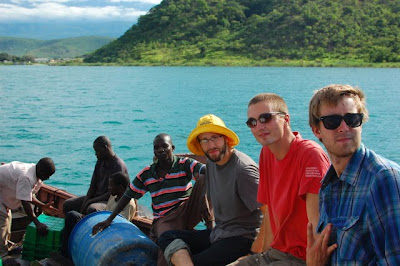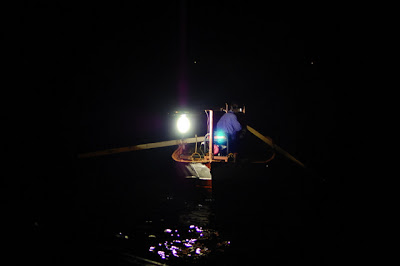A few of us embarked on a mission to search for pipe tobacco and/or cigars on our day off. The funny thing about Zambians is that they are genuinely good people and always eager to help. So, there we were asking locals around Lusaka about where one would be able to purchase cigars - thinking that where they sell cigars they sell pipe tobacco. Turns out no one in Zambia has a clue what a cigar is let alone pipe tobacco. However, they do know what cigarettes are and were more than happy to point us in the right direction. As we began to follow the directions of various people that we stopped on the street, we found ourselves walking into the industrial part of Lusaka. I'll have you know, we must have walked some 8 km searching for this mysterious tobacco store. I have no idea how many times I complained and was on the verge giving up only to be met with the response of "man up!" Needless to say, I shut my mouth and walked aimlessly with the rest of the gang in search of cigars.
Turns out we were led to the largest exporter of raw tobacco in Zambia. Below you'll find a series of photos. I've been trying to do some research but my internet time has been very limited and have not had much luck in putting together an extensive photo essay, but I'll do my best. If all else fails, the photos are awesome.
The following excerpts are taken from: Settling in Zambia
As white farmers leave Zimbabwe, Namibia and South Africa in droves, they are being welcomed with open arms north of the Zambezi River, in Zambia. Many who have moved here to start a new life have managed to achieve record-breaking harvests in their adopted country.
Only a few kilometers from Zimbabwe's fallow tobacco fields, Zambian tobacco farmers are reporting "astronomical growth rates." They produced 15,000 tons of tobacco this year. The 2004 harvest already represents a huge increase over the 4,000 tons produced in 2000, and Zambian farmers expect even better harvests in the future. In contrast, neighboring Zimbabwe's tobacco industry is likely to collapse in the very near future.
According to anecdotal evidence (as i have yet to confirm with wikipedia), Zambia is one of the few countries that produce world class tobacco along with Zimbabwe, Malawi and the United States. Zambia itself apparently specializes in the export of raw tobacco only to be processed into cigarettes in other parts of the world. Turns out the real money maker is being the middle man in this supply chain of cigarettes. Perhaps it is no surprise that China is one of the largest buyers of Zambian tobacco as their market cover anywhere from $2 pack of cigarettes to $20 pack of cigarettes.
The factory had apparently experienced a large fire that destroyed much of the machinery so currently there are renovations being conducted. That said, the whole setup is still rather impressive.

This is about 5 hours into our mission in search of cigars and about 5 minutes before being told by the largest exporter of tobacco in Zambia that there is neither cigars, pipe tobacco, nor rolling tobacco available in the country.
 The tobacco is fed through a series of what looks to be very large washing machines that strip the tobacco leaves from the stalks.
The tobacco is fed through a series of what looks to be very large washing machines that strip the tobacco leaves from the stalks. Another shot of the series of machines that strip the leaves from the stalks. Lower grade tobacco have more stalks than higher grade tobacco.
Another shot of the series of machines that strip the leaves from the stalks. Lower grade tobacco have more stalks than higher grade tobacco. A very large press presses the tobacco stalks to be used for other things. I have no clue what for - I was too busy taking photos and not listening to the tour. Oops.
A very large press presses the tobacco stalks to be used for other things. I have no clue what for - I was too busy taking photos and not listening to the tour. Oops.











































